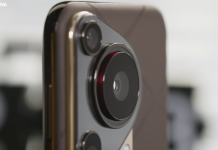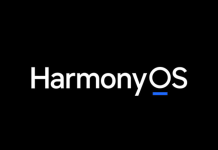Huawei just launched the P20 series phones and the smartphone fans are most interested in the more powerful P20 Pro that we covered a few moments ago. However, the P20 is also a true flagship device that has many of the Pro’s features at a lower price of about 650 EUR. Learn more in our Huawei P20 hands-on review.
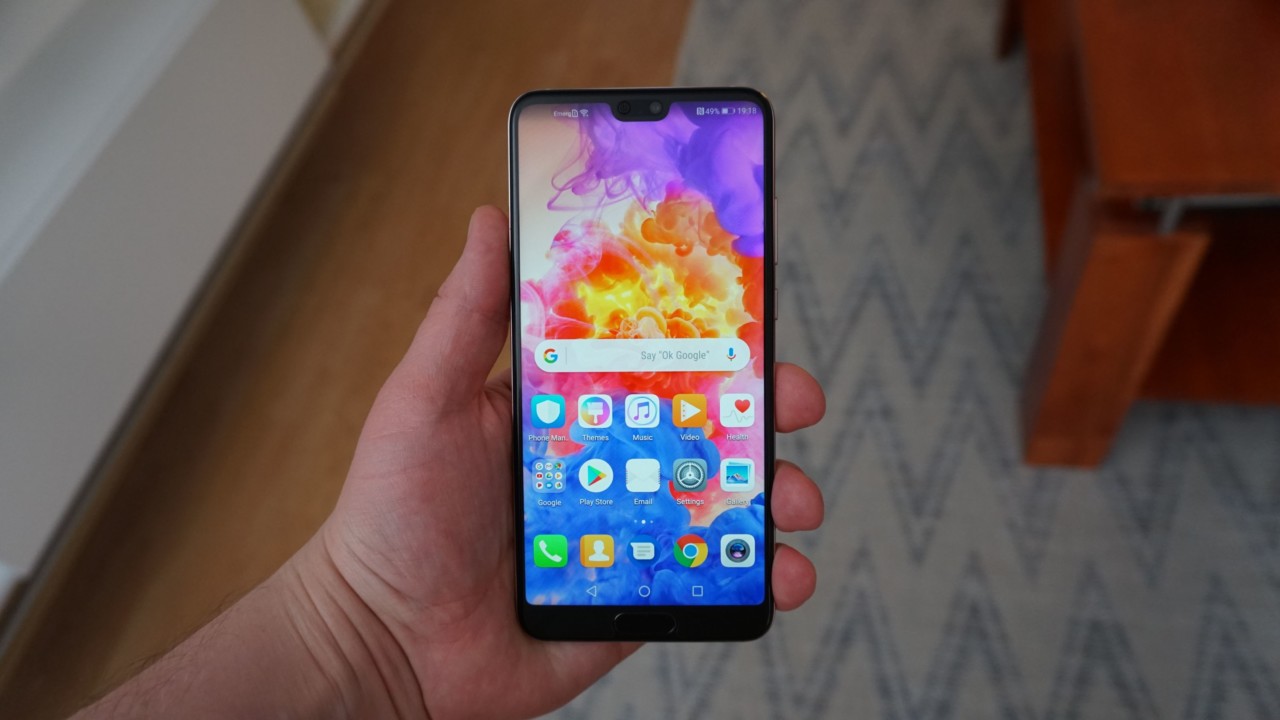
The P20 looks and feels very similar in the hand as it is made of metal and glass, it has a notch display and the build quality is excellent. However, differences start with the display. The P20 sports a 5.8″ LCD panel (1080 x 2244 pixels) whereas the P20 Pro has a 6.1″ OLED panel with the same resolution. In practice, the P20’s display looks almost as good as the one found on the P20 Pro.
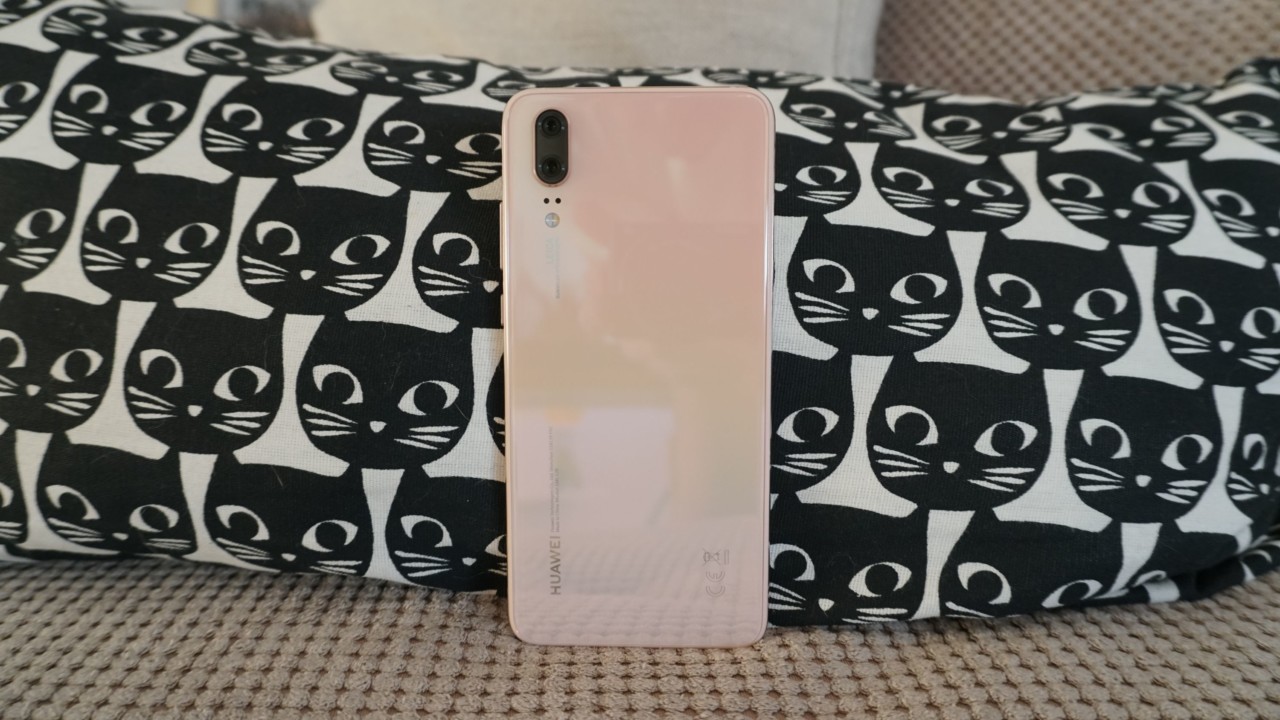
We have a Pink Gold color option but there will also be a Twilight, Black, Midnight Blue models.
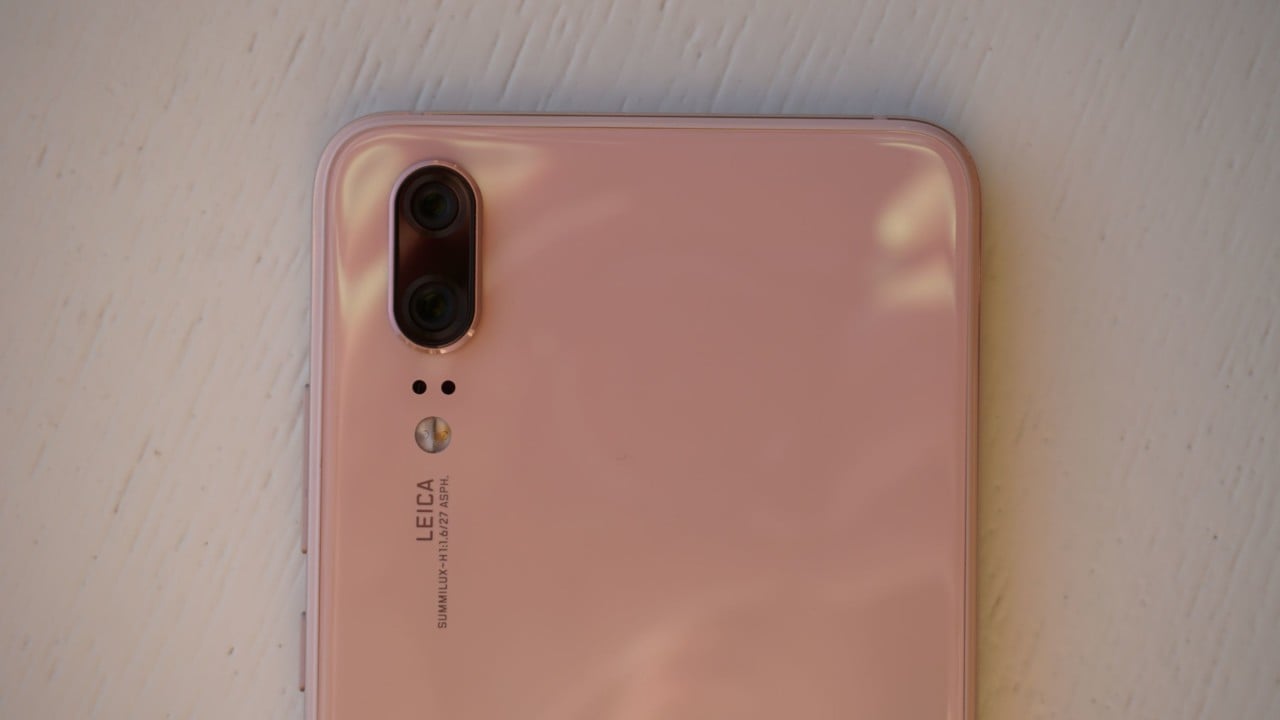
The P20 has 2 sensors instead of a triple camera setup found on the P20 Pro. The phone uses a dual camera system that consists of one 12 MP snapper with f/1.8 aperture lens and another 20 MP shooter with f/1.6 lens. The main camera has OIS, 1/2.3″ sensor size and it uses 1.55 µm pixels.
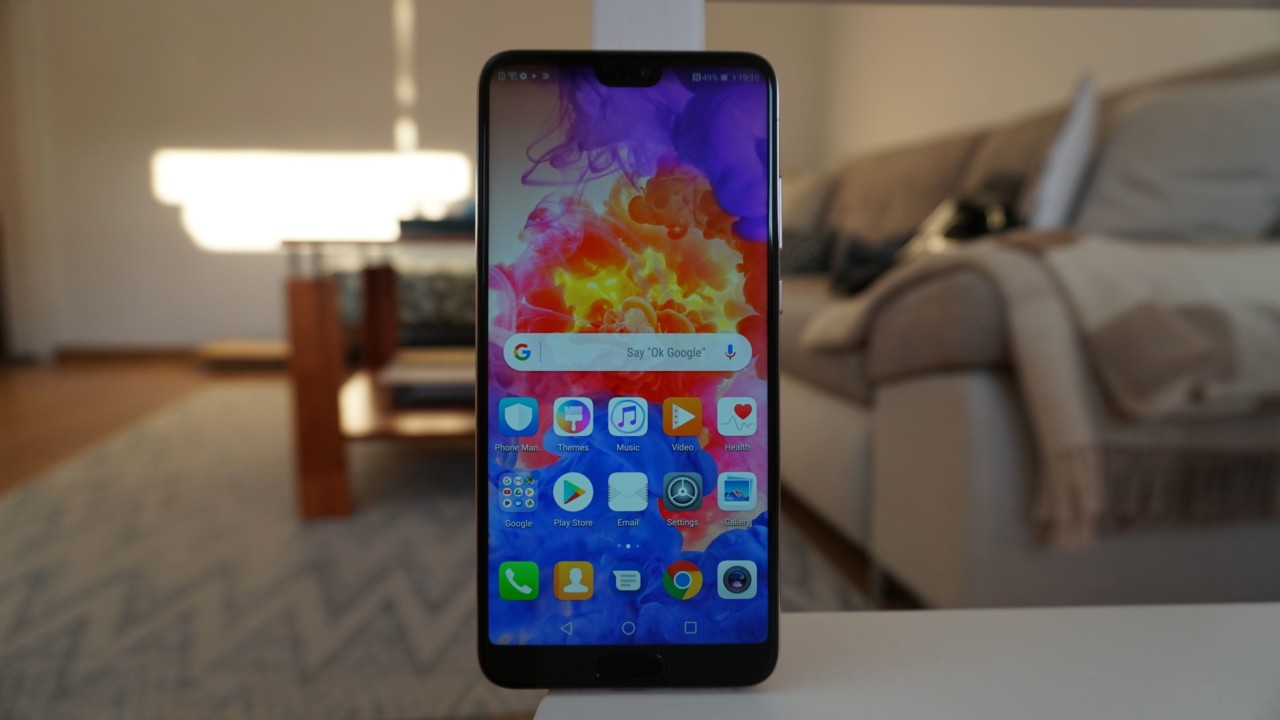
As for hardware, the P20 has the same Kirin 970 chipset as the P20 Pro, 128GB of internal storage (no microSD card slot) but it has only 4GB of RAM in comparison to 6GB found on the P20 Pro.
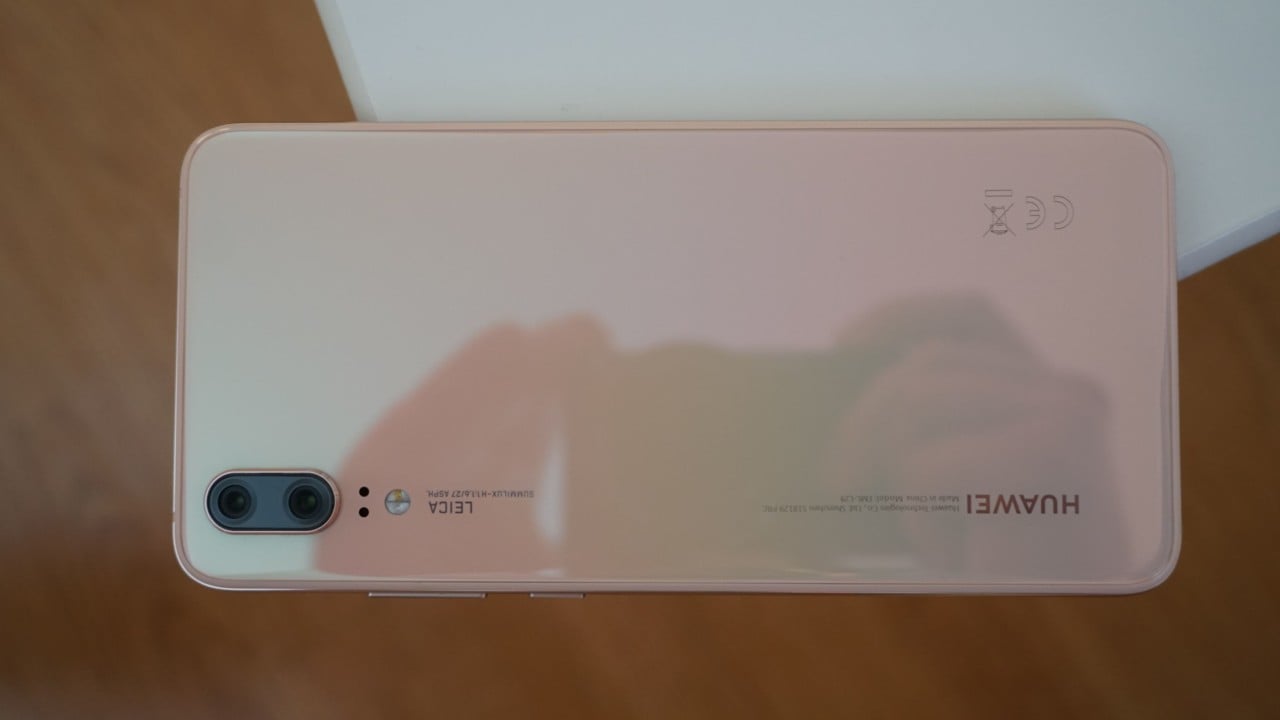
I was also impressed by the fact that Huawei managed to cram in a huge 3500mAh battery into such a thin profile of the P20 (149.1 x 70.8 x 7.7 mm).
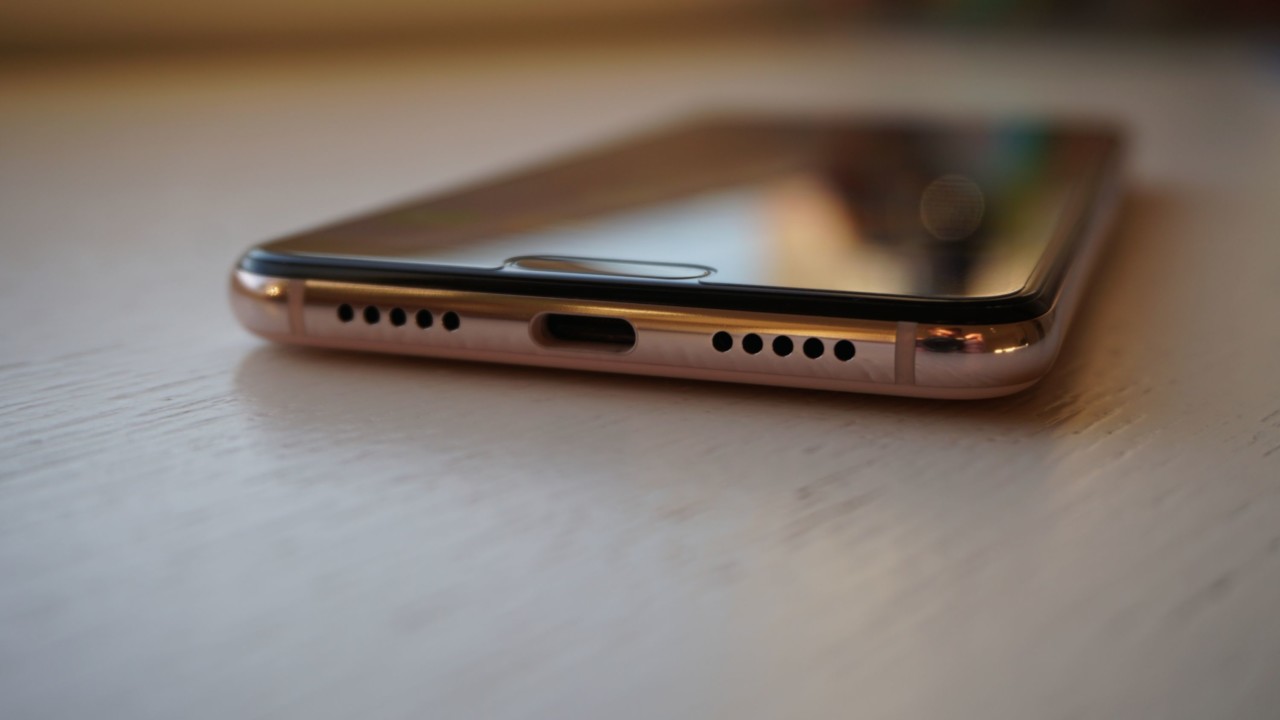
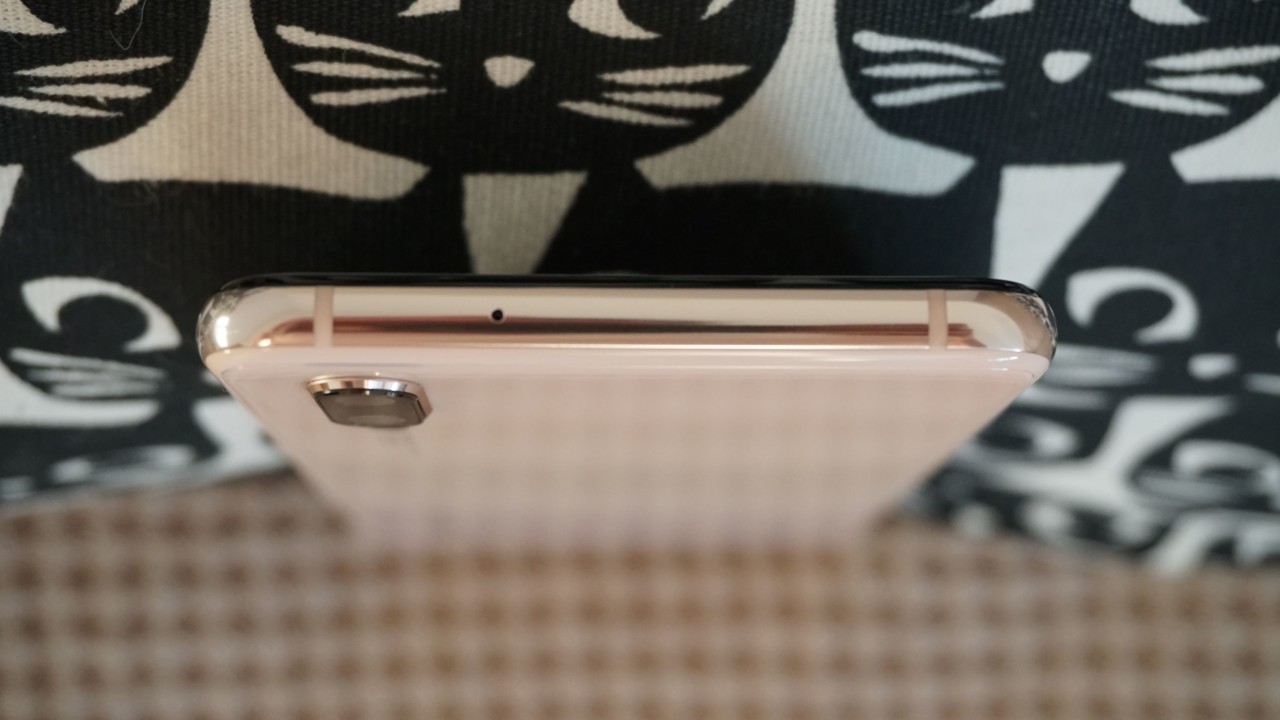
Other things you need to know about the design: there is no headset jack, the P20 has a lower IP53 certification in comparison to IP67-certified P20 Pro. In addition, the P20 has hi-fi wireless audio system that assures great sound quality via the Bluetooth. Finally, the P20 does not have the IR blaster like the P20 Pro.
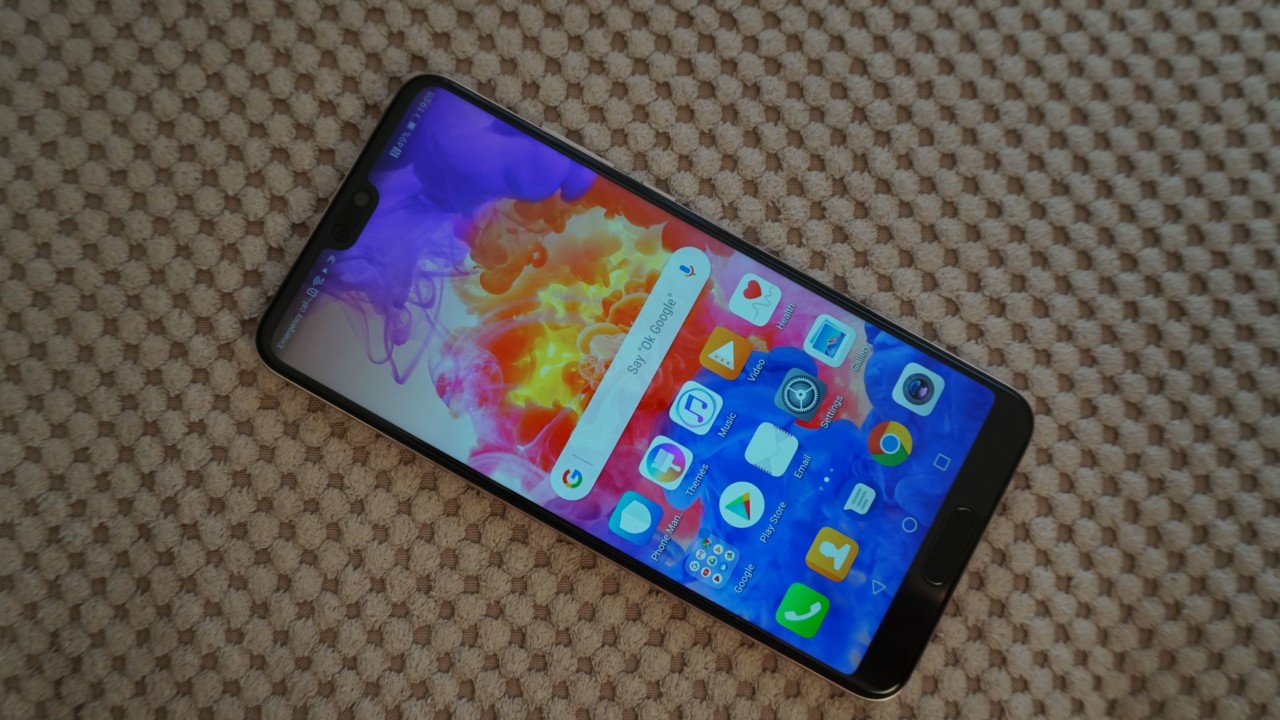
The P20 has the same software as the P20 Pro. The EMUI 8.1 is based on Android 8.1, which is said to be a more capable platform for the AI.
As usual, there are plenty of features and customization options in the UI Huawei phone have been famous for. My first impressions – the phone is really fast and smooth thanks to the powerful chipset and neural processing unit that helps allocate resources to the specific task. I also found the fingerprint scanner to really fast but I was most impressed with the face unlock feature. I used it in low light but it still unlocks the phone very fast but keep in mind that you still need to press the power button first in order to use it.
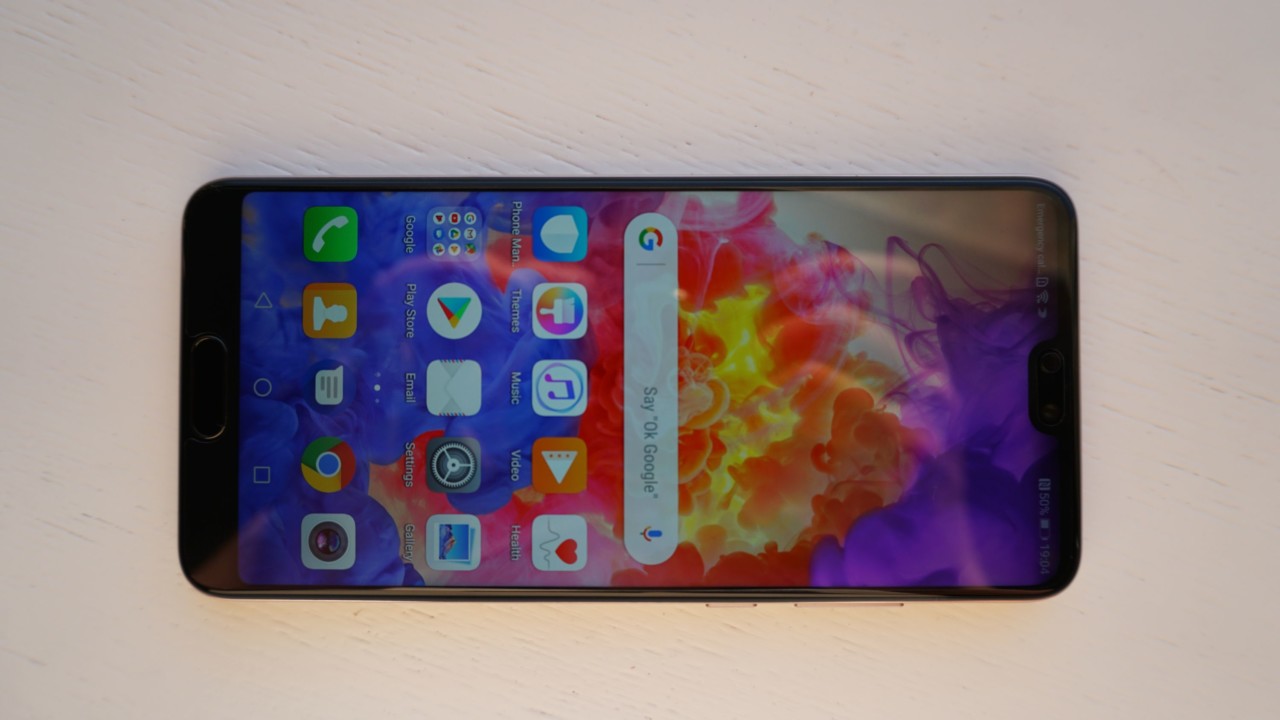
My first impressions about the phone – the P20 shapes up to be a solid flagship device. Just as the P20 Pro, it looks and feels premium, the display is really nice and sharp, the overall performance seems to be great and we can’t wait to test other key features of the phone: cameras, battery life and more. Make sure to stay tuned to Gizmochina for our detailed Huawei P20 review.

